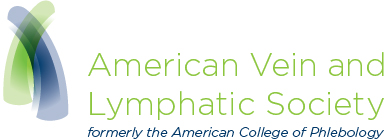Peripheral Arterial Disease “PAD” and Intermittent Claudication
The vessels that carry the blood from the heart to the legs are called arteries. Peripheral arterial disease is the situation when the arteries of the legs are blocked or stenosed and the amount of blood (and oxygen) that reaches the peripheral tissues is not sufficient to sustain the viability of the tissue. The main two reasons for blockage is embolism and severe atheromatosis. Usually embolism is from cardiac arrythmia and the result is acute pain, pale colour, cold leg and diminished muscle power of the infected leg. This is an emergency situation and the patient must be treated immediately in a vascular department (he needs embolectomy that is removal of the thrombus so the blood can flow freely again and avoid gangrene).
Atheromatosis is the formation of plaques inside the arteries in people that usually are diabetic, smokers, hypertensive or have high levels of cholesterol. When the plaques grow enough they cause stenosis of the lumen of the vessels and compromise the blood flow. The patient is having difficulty walking after a distance because of pain in the leg due to ishcemia and he has to stop for a few minutes for the pain to go away (this is called intermittent claudication). The therapy of this situation is conservative with drugs and exercise or surgical in more severe situation. The surgical approach can be endovascular (ie stents or balloon dilatation) or classic surgery (ie atherectomy or bypass).












Follow Us
Contact Us
Pl. Vasos Katraki 6, 16675 Glyfada
+30 210 9648722